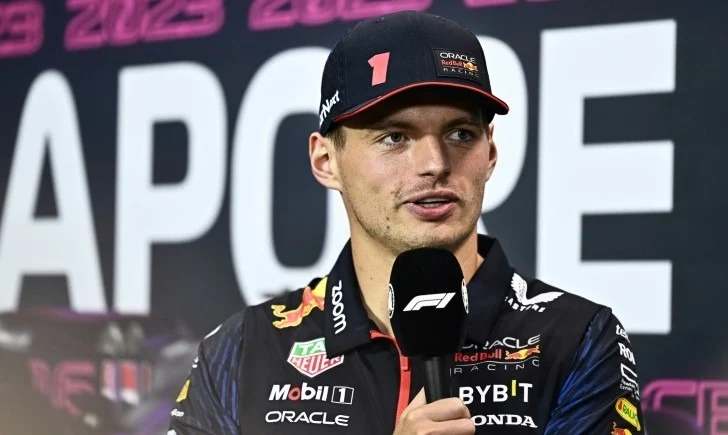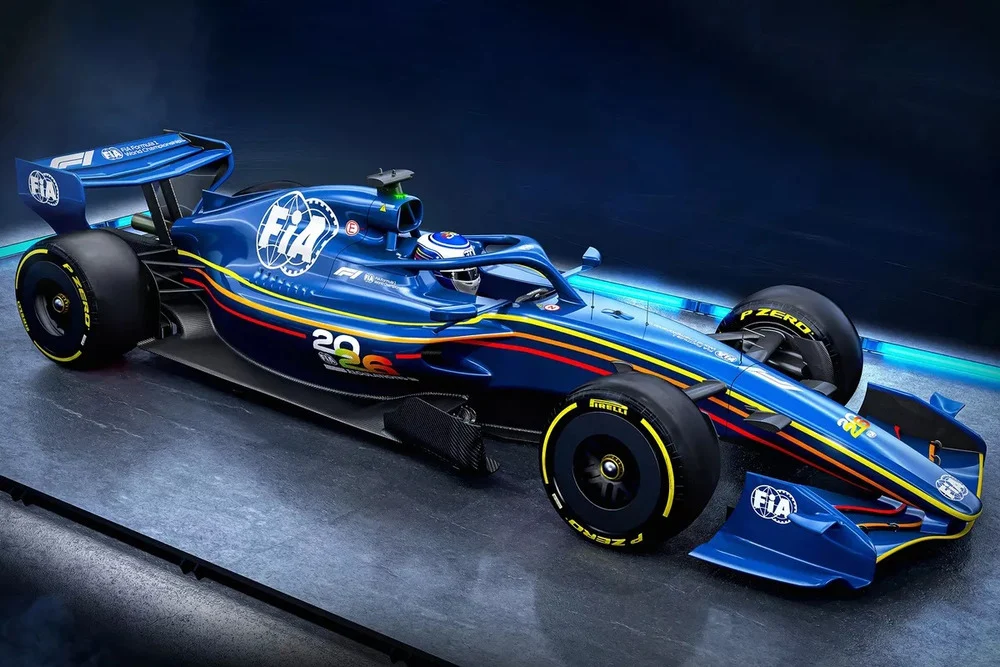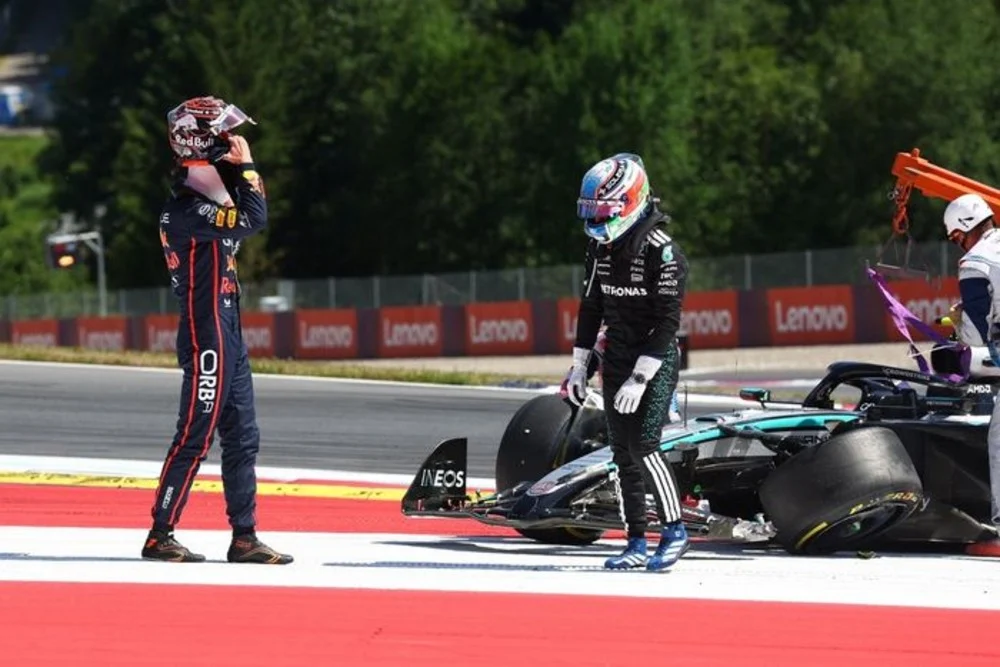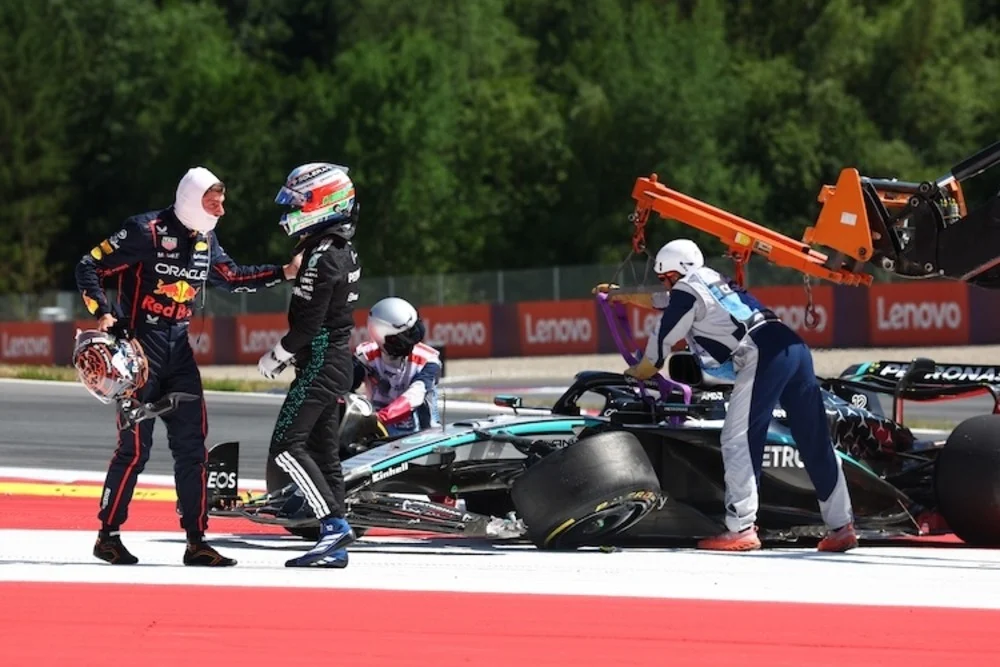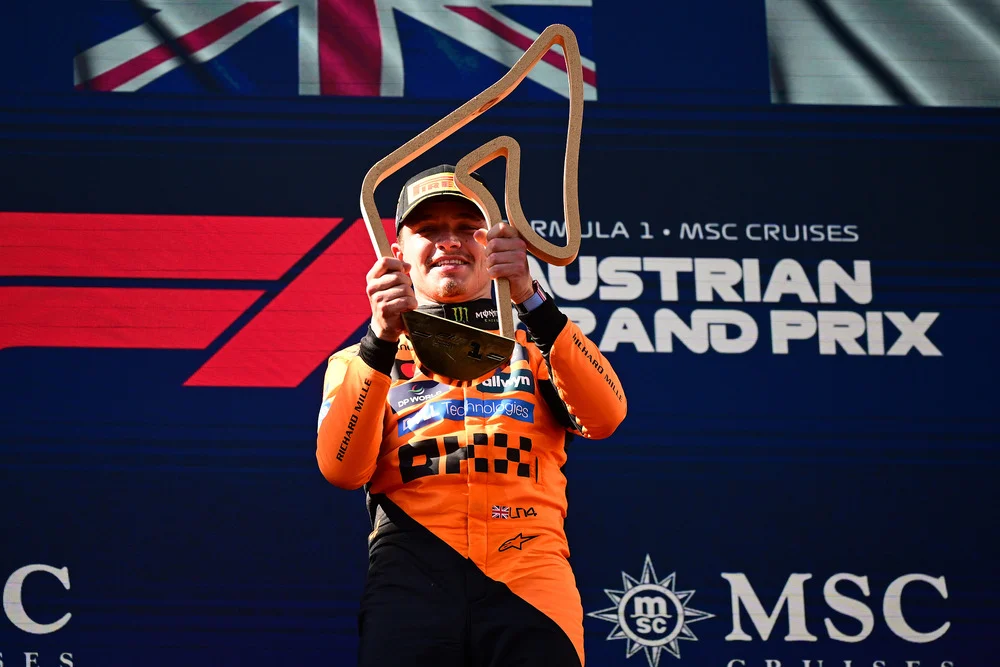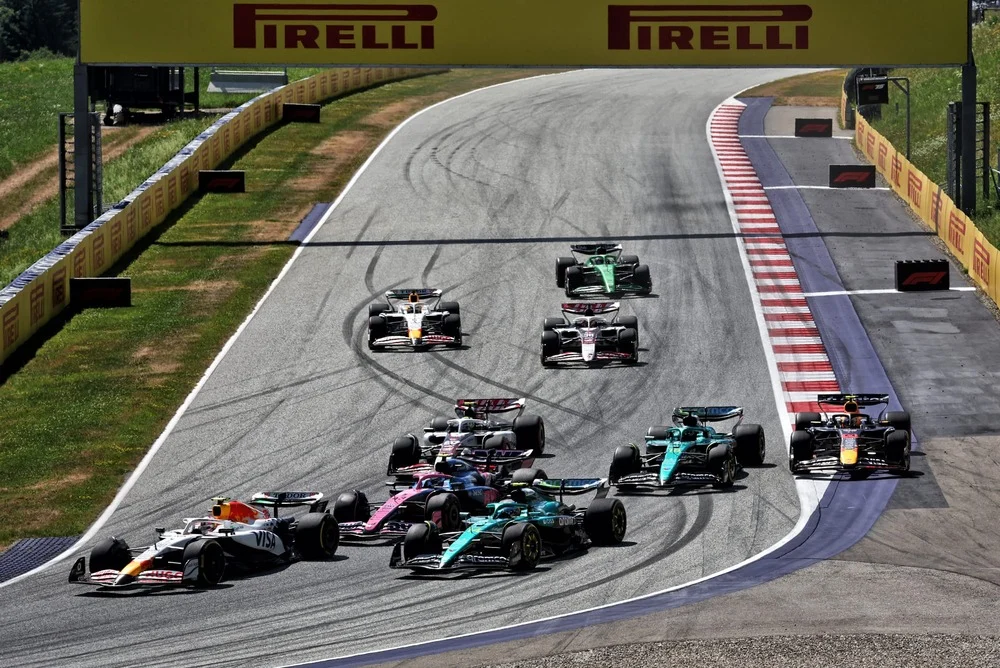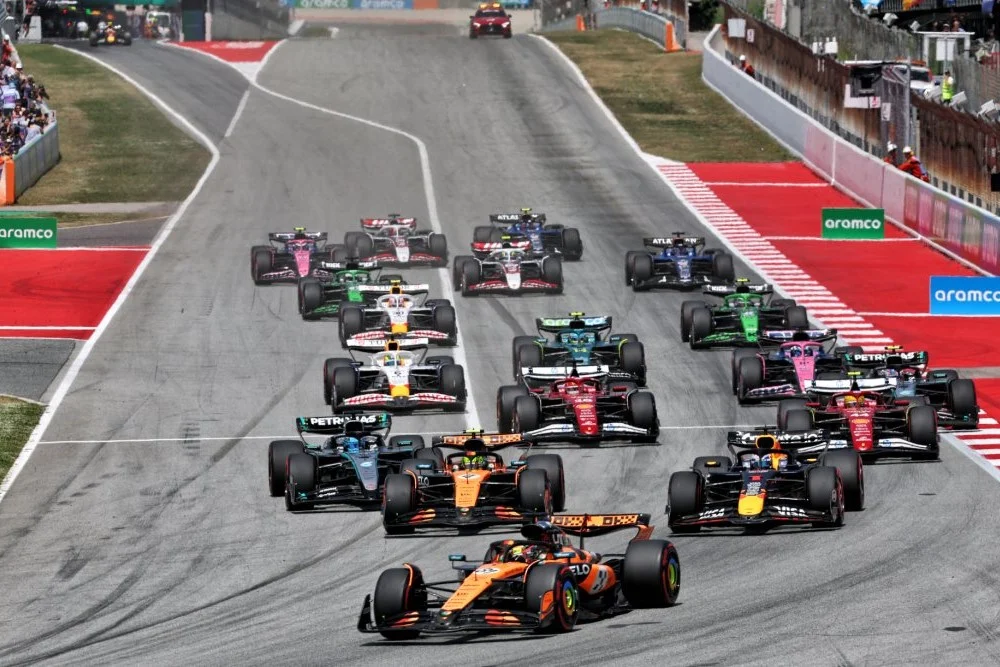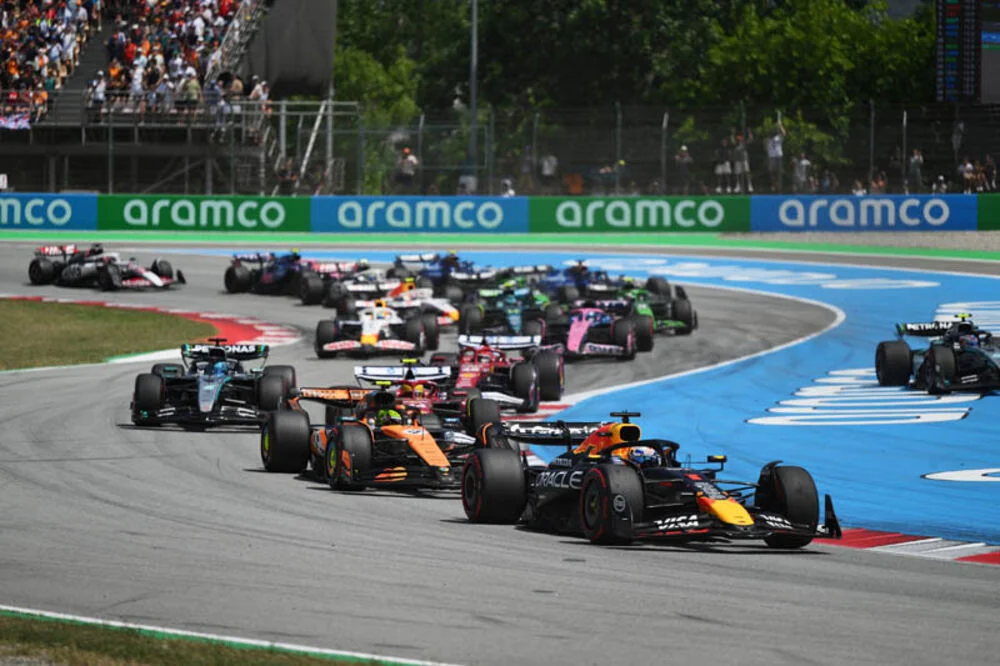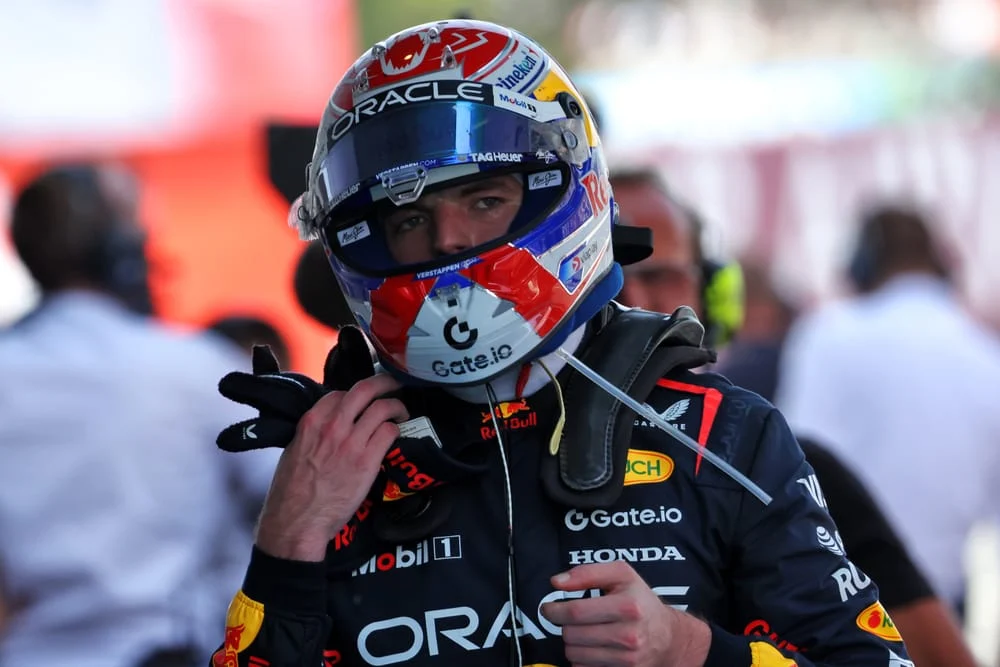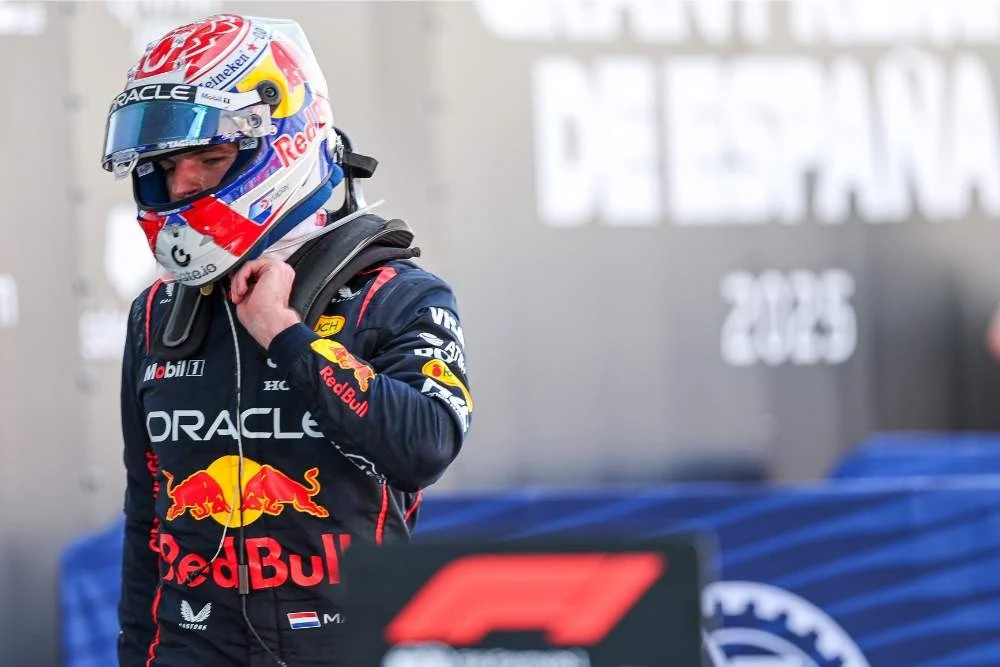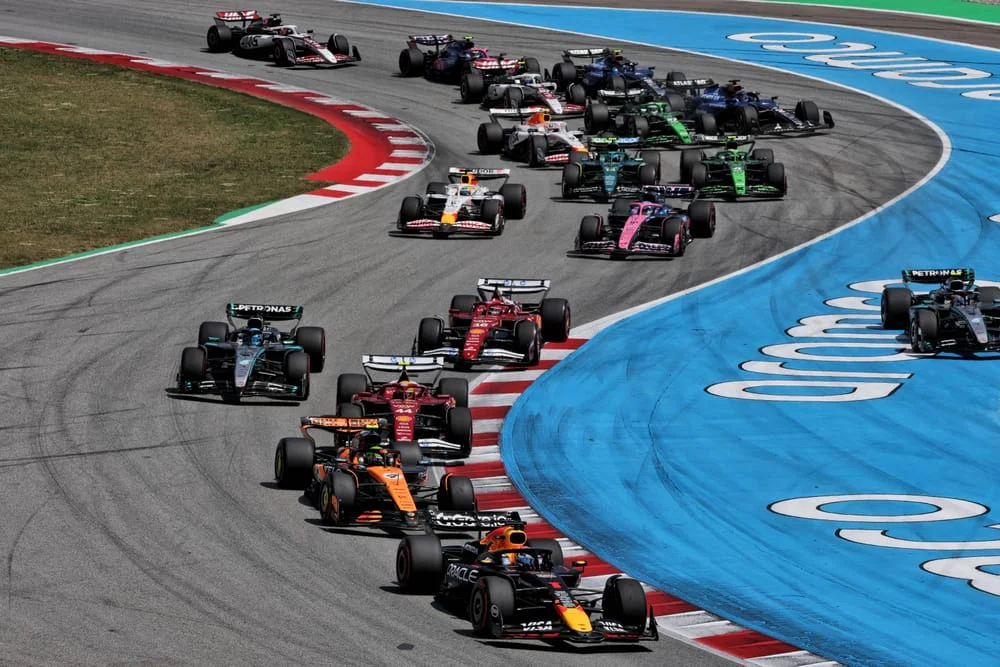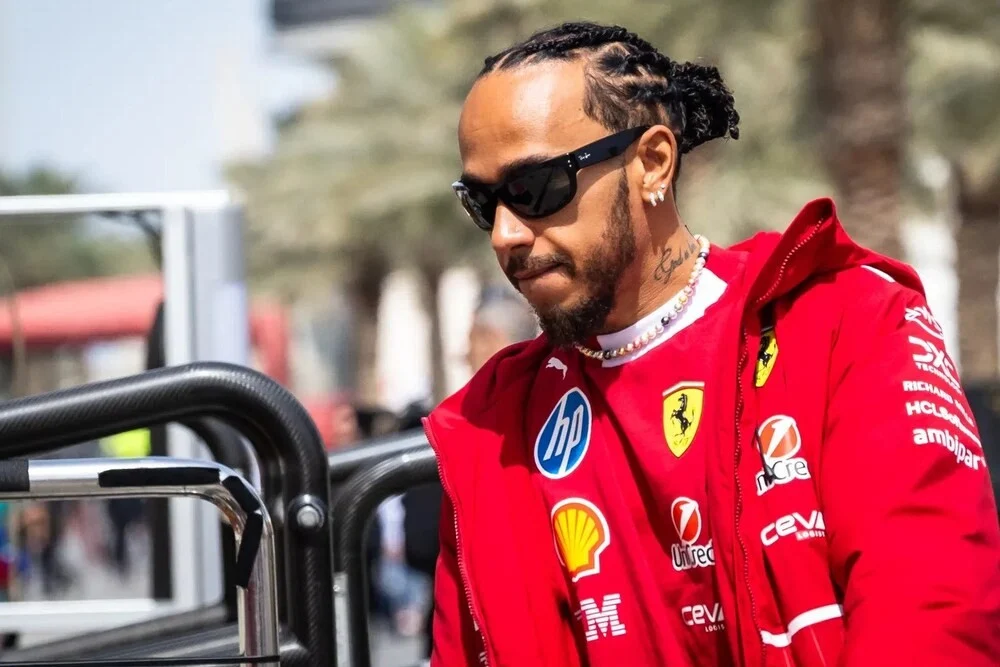Max Verstappen has explained how he believes a new technical directive handed down by the FIA will effect Red Bull ahead of this weekend’s Singapore Grand Prix.
The introduction of TD018, a technical directive by the FIA to enforce a rule that has been clarified but is not yet included in the technical regulations, is a significant change for this weekend’s race in Singapore.
The TD is more of an advisory than a rule, but it gives the teams guidance on what they should be doing.
TD018 targets the front and rear wing’s flexible parts, specifically because it could be possible for teams to use such flexibility at the points where different wing parts come together.
The topic of whether Red Bull could be disadvantaged by having to make changes to their car is evident given that they are F1’s dominating team, with the Adrian Newey-designed Red Bull RB19 claiming every victory so far in 2023.
Max Verstappen has ruled out the prospect that TD018 will have any impact on Red Bull’s competitive advantage, and there has been no sign that any team has been called out for their interpretation of the rules.
“I don’t think it will,” Verstappen said on Thursday in Singapore. “We never really had any flexible front wing or whatever.
“So I don’t think it will hurt us.”
However, Verstappen also hinted that Red Bull was unlikely to dominate this weekend as usual. The defending World Champion revealed why he believes his squad would have greater challenges in Singapore than he did in Monza.
“I think we just are not as competitive as at other tracks,” the Red Bull driver said. “I think the street circuits are a little bit tougher for our car.
“I still think that we can do a good job but it will be very tight.”
The Dutch driver, who has won a record-breaking 10 straight Grands Prix, claimed that the pressure he feels heading into the weekend remains unchanged by his historic achievement.
“I never really look at the number eight, or nine,” Verstappen said. “I just always want to do the best I can.
“So, naturally, every single weekend, it’s basically the same amount of pressure you put on yourself to try and get the best result out of it.
“So nothing really changes actually from that side.”
Tim Goss, the FIA’s single-seater technical director, outlined the rationale behind the rule while avoiding any specific accusation among the teams as to who might have violated it if they did not have time to fix it ahead of the Singapore Grand Prix.
“It’s not that we’ve seen any one particular car or feature that we’ve targeted, or an element that’s been common across the whole grid,” Goss said.
“This is about where front and rear wing elements join the nose, join the rear impact structure, join the rear wing endplates.
“There have been several instances where teams have tried to make the most of the deflection allowance by permitting some bits and pieces to start moving relative to each other.
“If you’ve allowed one piece to be decoupled relative to another, the bodywork might have to have some degree of local flexibility at that location.
“And if there is local flexibility, we’re saying, clearly, that’s not compliant with being uniform, solid, hard and continuous.
“Under the TD, we have included various examples, designs which we consider are not permitted and exceptions which we consider are permitted.”

